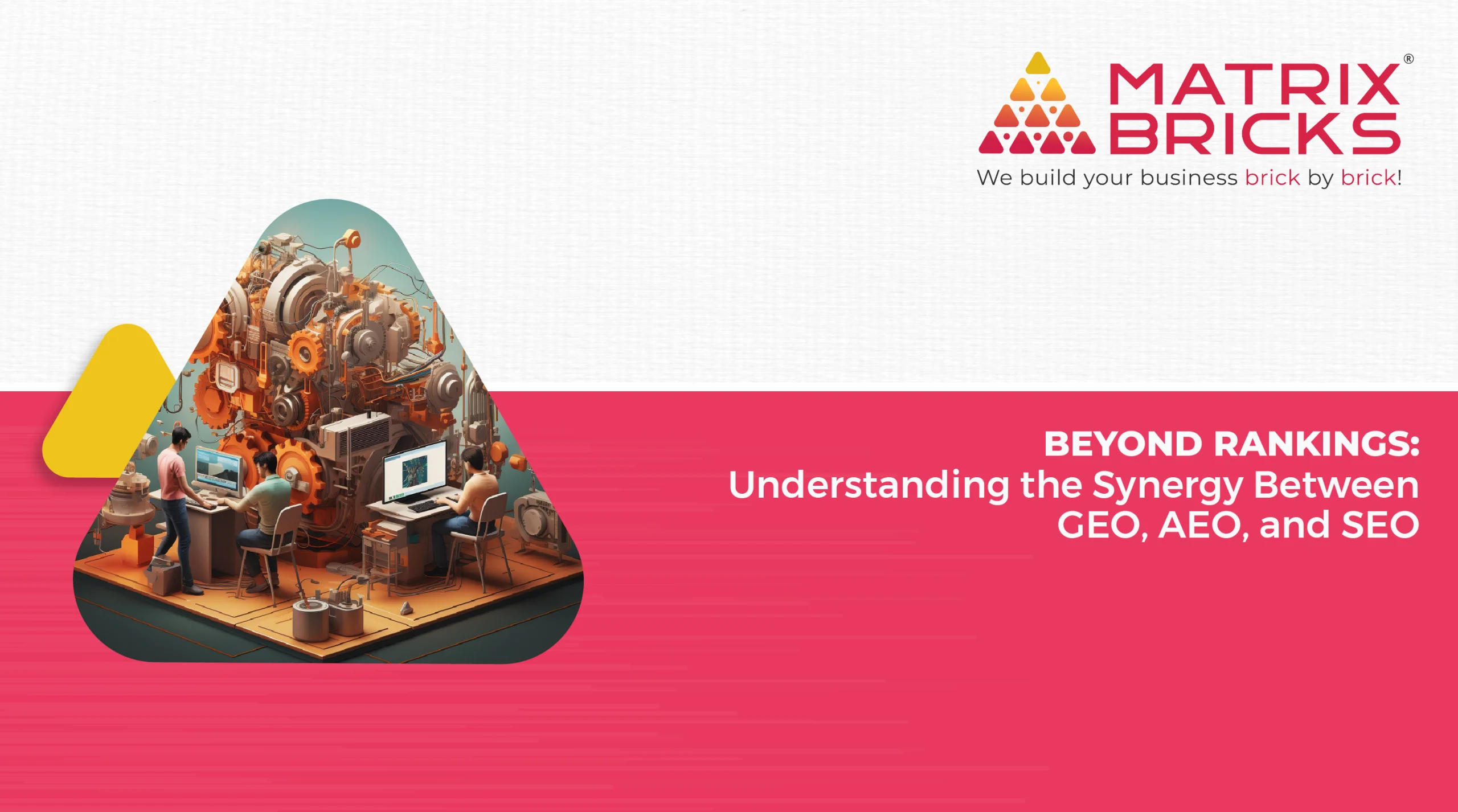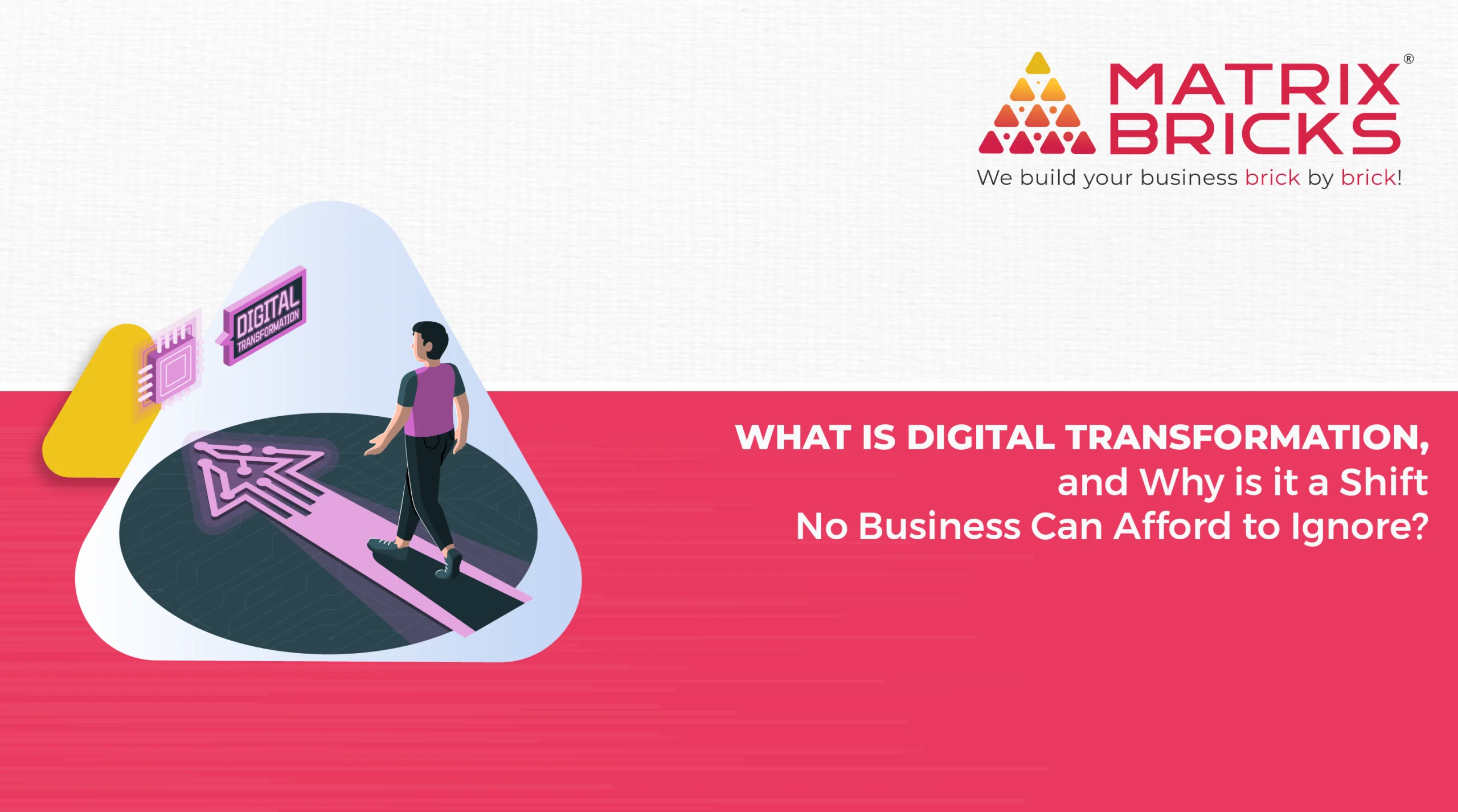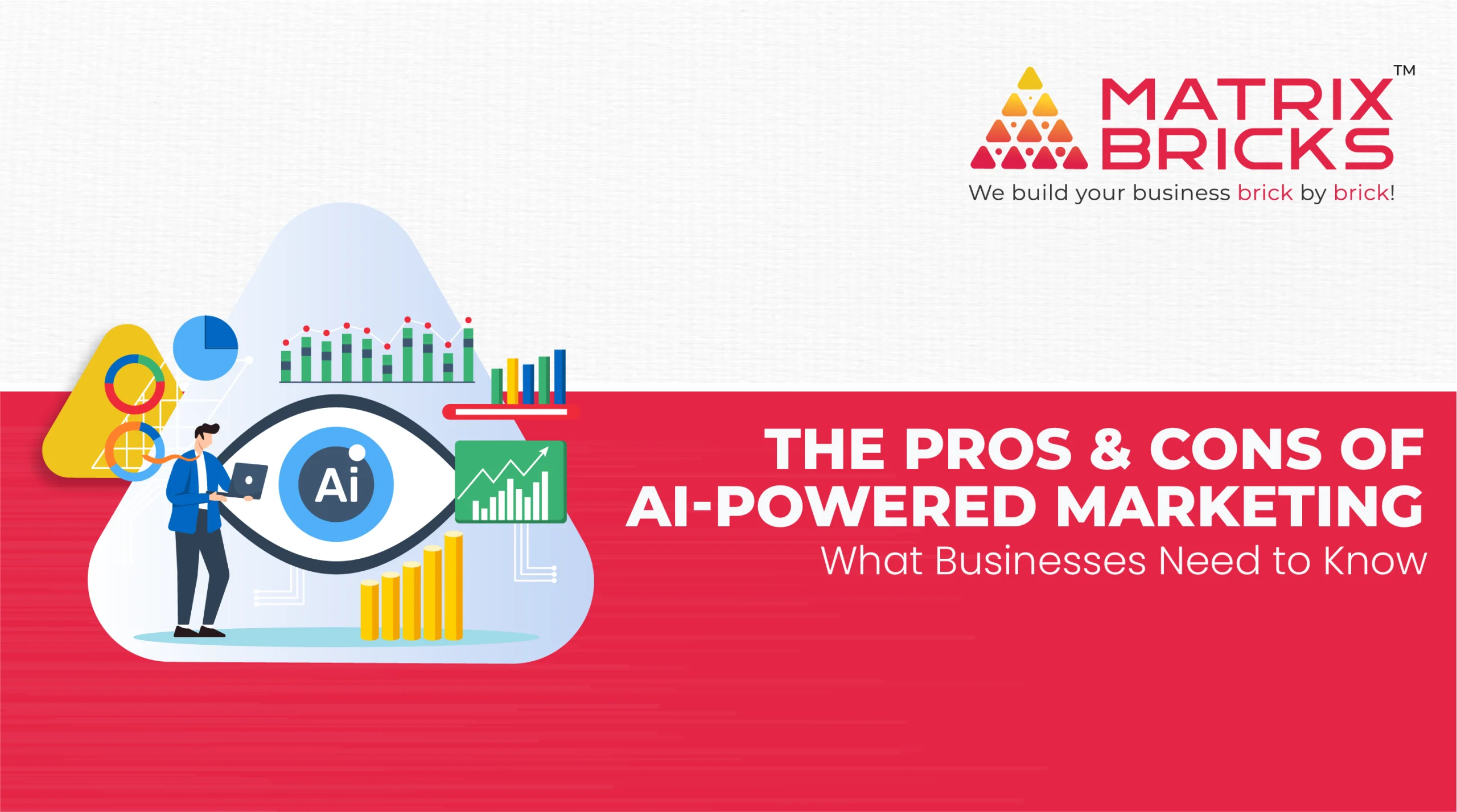
Cutting Through the Alphabet Soup of Online Visibility
In the fast-paced world of digital marketing, three terms are often thrown around like buzzwords—GEO, AEO, and SEO. While each plays a significant role in how your business shows up online, they serve distinct purposes that are often misunderstood or used interchangeably. Ever wondered why your content isn’t ranking despite good SEO, or why your business isn’t showing up on Google Maps for nearby users? It could be because you’re missing one of the other pieces of the visibility puzzle—GEO or AEO.
This blog offers a clear and comprehensive comparison between GEO, AEO, and SEO. Whether you’re a digital marketer, small business owner, or content strategist in India, understanding how these three interact could be the game-changer your digital strategy needs.
Let’s break it down in a way that makes sense—and helps you make smarter, data-backed marketing decisions.

What is GEO in Digital Marketing?
Delivering content or ads according to a user’s geographic location is known as geotargeting, or GEO. It’s a strategy that ensures your message reaches the right audience in the right place—be it a specific city, state, or even neighbourhood.
Key Aspects of GEO:
- Customised experience: Serve different content to users in Delhi vs Mumbai.
- Mobile precision: Works especially well with mobile location data.
- Localised offers: Promote region-specific deals or services.
Real-World Application:
Imagine you’re running a chain of fitness centres in Pune, Bengaluru, and Hyderabad. Using GEO, you can run targeted campaigns promoting location-specific discounts or events, ensuring you don’t waste your ad spend on audiences in cities you don’t serve.
What is AEO and Why Does It Matter?
AEO, or Answer Engine Optimisation, focuses on optimising your content to be featured as direct answers in voice search, rich snippets, or Google’s “People Also Ask” sections. It goes beyond traditional SEO by understanding user intent and structuring content in a way that directly answers questions.
Key Aspects of AEO:
- Question-based optimisation: Structure content around common user queries.
- Rich snippets: Aim for featured results like “Position Zero” on Google.
Real-World Application:
Say you’re a digital marketing agency in India. By optimising blog posts to answer questions like “What is AEO in digital marketing?”, You raise the likelihood that your material will appear directly in search results, increasing its discoverability and authority.
What is SEO and How Has It Evolved?
The tried-and-true method of increasing your website’s exposure on search engines like Google and Bing is called SEO, or search engine optimisation. It encompasses everything from keyword research and on-page optimisation to backlinks and site speed enhancements.
Key Aspects of SEO:
- On-page SEO: Titles, meta descriptions, content, keywords.
- Off-page SEO: Backlinks, domain authority.
- Technical SEO: Site speed, mobile-friendliness, indexing.
Real-World Application:
Suppose you run an online store selling eco-friendly products in India. By using SEO strategies—like keyword-rich product descriptions, fast-loading pages, and optimised blog content—you improve your chances of appearing on the first page of Google, bringing in organic traffic.
Comparison Table: GEO vs AEO vs SEO
| Feature | GEO (Geotargeting) | AEO (Answer Engine Optimisation) | SEO (Search Engine Optimisation) |
| Main Focus | Location-based targeting | Intent-based answer delivery | Improving search rankings |
| User Intent | “Near me”, location-specific searches | Question-based, informational queries | Broad search behaviour |
| Tools Used | Google Ads, Facebook Ads, GPS-based platforms | Structured data, FAQ schema, voice search tools | Google Search Console, SEMrush, Yoast |
| Goal | Deliver relevant content to local users | Be featured in direct answers/snippets | Drive organic traffic and visibility |
| Key Benefit | Increases local engagement | Enhances visibility in voice and snippet results | Sustains long-term traffic through ranking |
| Best For | Brick-and-mortar businesses, hyperlocal services | Bloggers, educators, service providers | All kinds of businesses |
| Content Requirement | Localised ads and landing pages | Structured Q&A, short concise answers | Keyword-rich, long-form, and technical optimisation |
When Should You Use Each Strategy?
Use GEO When:
- You want to promote offers or services in specific cities or regions.
- You’re running a physical store or service centre.
- Your business depends on foot traffic or regional availability.
Use AEO When:
- Your target audience often asks questions like “how to” or “what is”.
- Voice search or highlighted snippets are where you want to be found.
- You’re creating educational or informational content.
Use SEO When:
- You’re building long-term visibility and organic traffic.
- You want to rank high on search engines consistently.
- You offer services or products to a broader, non-localised market.
Can You Combine GEO, AEO, and SEO?
Absolutely—and you should.
Let’s say you own a chain of Ayurvedic wellness centres across India and also sell herbal products online.
- Use GEO to target people searching for “wellness centres near me” in Delhi or Ahmedabad.
- Optimise blog posts on “What are the benefits of Ashwagandha?” using AEO” so that it ranks in rich snippets.
- Use SEO across your website to make sure your site loads fast, has quality backlinks, and is well-optimised for general search traffic.
The synergy between GEO, AEO, and SEO creates a powerful digital presence that covers all bases—from local intent to informational depth and long-term discoverability.
From Ranking to Retaining: Why User Experience Matters
Search Experience Optimization (SXO) focuses on improving the overall user experience once they land on your page. It’s about aligning SEO with the user’s journey—making your website not just visible, but also engaging and user-friendly. SXO considers aspects like site speed, mobile-friendliness, intuitive navigation, and compelling content that keeps visitors engaged.
Key Aspects of SXO:
- User-centric design: Make sure your website is easy to navigate, with a clear path to conversion.
- Interactive elements: Encourage user interaction through quizzes, forms, or live chats.
- Fast load times: Slow sites lead to high bounce rates, which negatively impacts rankings.
Real-World Application:
Imagine you’re optimising a blog post for SEO. While ranking high is important, if your website is slow to load or cluttered with pop-up ads, visitors will leave quickly, diminishing your conversion chances. By incorporating SXO, you can improve user satisfaction, which indirectly boosts your SEO performance over time.
Smarter Strategy with AI-Powered Insights
AI (Artificial Intelligence) is increasingly becoming a cornerstone in digital marketing. AI Overview Optimisation involves using AI tools and algorithms to enhance your content and SEO strategies. From predictive analytics to content generation, AI can help marketers understand audience behavior, streamline content creation, and even automate technical SEO tasks like keyword research and backlink analysis.
Key Aspects of AI Overview Optimisation:
- Predictive analytics: Forecast trends and user behavior to create content that resonates.
- AI-powered tools: Platforms like Jasper and Surfer SEO help automate content optimisation.
- Personalisation: AI tailors experiences to individual users based on past interactions.
Real-World Application:
Say you’re a fitness brand aiming to boost your SEO. Using AI tools, you can analyse what type of content performs best in your niche and craft articles that meet those needs. AI can also automate content curation based on search intent, ensuring your website stays relevant and up-to-date.
The New Age of Search: Context, Content, and AI
With the rise of AI-powered search engines, the search generative experience (SGE) is transforming the way users find information. SGE integrates artificial intelligence to provide more contextually relevant search results by understanding user intent at a deeper level, delivering answers not just from individual pages but from a combination of sources. Google’s AI-based search tools—like BERT and RankBrain—help create a search experience that feels more intuitive and tailored.
Key Aspects of Search Generative Experience:
- Contextual understanding: Searches yield more precise results, tailored to the user’s needs.
- Content aggregation: Answers are generated by pulling from various data points, not just a single URL.
- Voice-assisted search: AI-driven search results are integrated with voice search technologies.
Real-World Application:
Imagine you’re a digital marketing agency in India optimising for the keyword “best SEO services.” With SGE, Google might show an aggregated answer pulled from various sources like reviews, expert opinions, and articles, instead of just a list of links. To stay competitive, your content must be comprehensive and meet the needs of users beyond just keyword optimisation.
Ready for Voice? Why Talking Is the New Typing
With the increasing popularity of voice assistants like Siri, Alexa, and Google Assistant, Voice Engine Optimization (VEO) has become crucial for digital marketers. VEO focuses on optimising content to be easily discoverable through voice search. Voice searches are more conversational, so optimising for question-based queries and natural language becomes key.
Key Aspects of VEO:
- Conversational keywords: Use natural language phrases and questions that people would speak.
- Local voice searches: Voice searches often have a strong local intent (e.g., “restaurants near me”).
- Featured snippets: Voice search often pulls directly from featured snippets, so aiming for these positions is essential.
Real-World Application:
If you run a restaurant in Chennai, someone might ask their voice assistant, “What’s the best vegetarian restaurant near me?” By optimising your content to answer such specific, conversational queries, you increase your chances of appearing in voice search results and attracting nearby customers.
Bringing It All Together: A Unified Digital Game Plan
Just like GEO, AEO, and SEO, these emerging optimisation strategies—SXO, AI Overview Optimisation, SGE, and VEO—play complementary roles in enhancing your online visibility and user experience. A holistic strategy that embraces all of these aspects will not only improve your search rankings but also ensure you meet your audience where they are—on their mobile devices, through voice searches, or through personalised AI-driven content experiences.
Conclusion: Making the Smart Choice for Your Digital Growth
Online visibility isn’t a one-size-fits-all game. GEO and AEO offer more accuracy and relevance, while SEO establishes the framework. For Indian businesses looking to thrive in an increasingly digital landscape, adopting a blended strategy can yield far better results than relying on just one approach.
So, whether you’re a digital agency, local business, or growing eCommerce brand—ask yourself: are you just optimising for search engines, or are you truly being found, heard, and trusted by your audience?
Now is the moment to assess and modify your plan if necessary.
FAQs
1. Is GEO the same as local SEO?
Not exactly. GEO refers specifically to location-based content or ad delivery, while local SEO is part of broader SEO efforts focusing on search rankings for local queries.
2. What kind of content works best for AEO?
For AEO, the optimum formats include brief, question-answer formats, FAQs, and structured information that directly answers user questions.
3. Do I need a separate strategy for AEO if I already do SEO?
Yes. While related, AEO focuses on answering specific questions and being featured in snippets, which requires tailored content formatting.
4. Can GEO-targeted campaigns work for online-only businesses?
Yes, especially if you’re offering location-specific services or targeting markets in particular cities or regions.
5. How long does it take to see results from SEO compared to AEO or GEO?
SEO takes longer—often 3-6 months—but yields long-term benefits. GEO can show instant results via paid campaigns. AEO visibility can occur more quickly if your content is well-structured.







